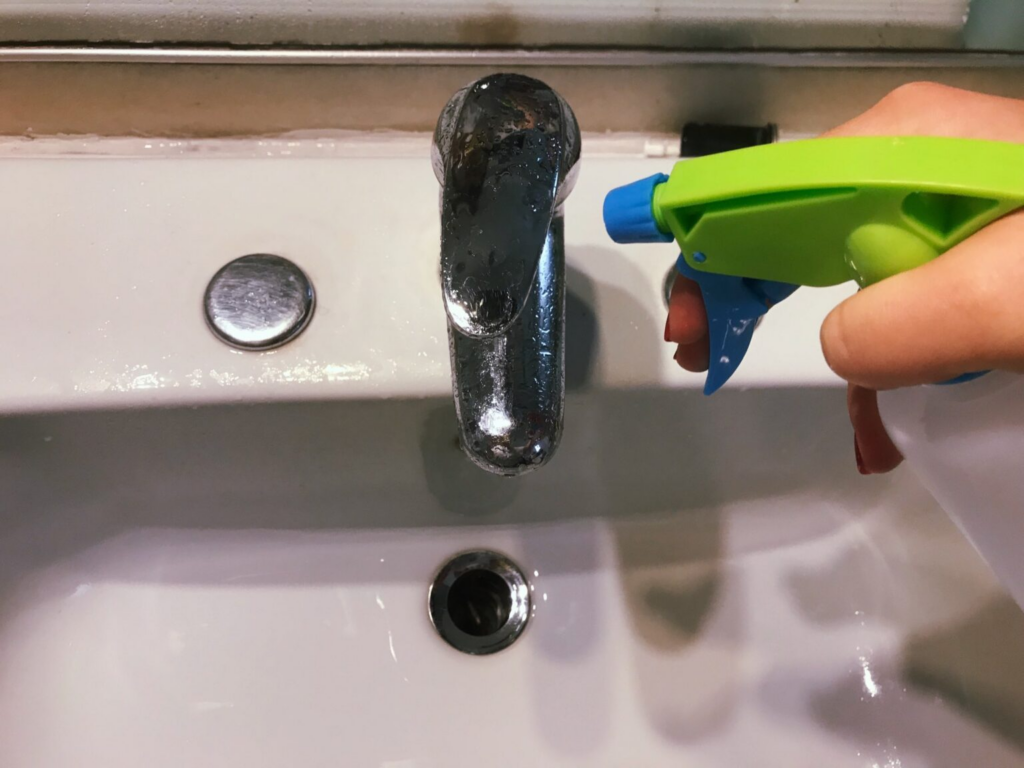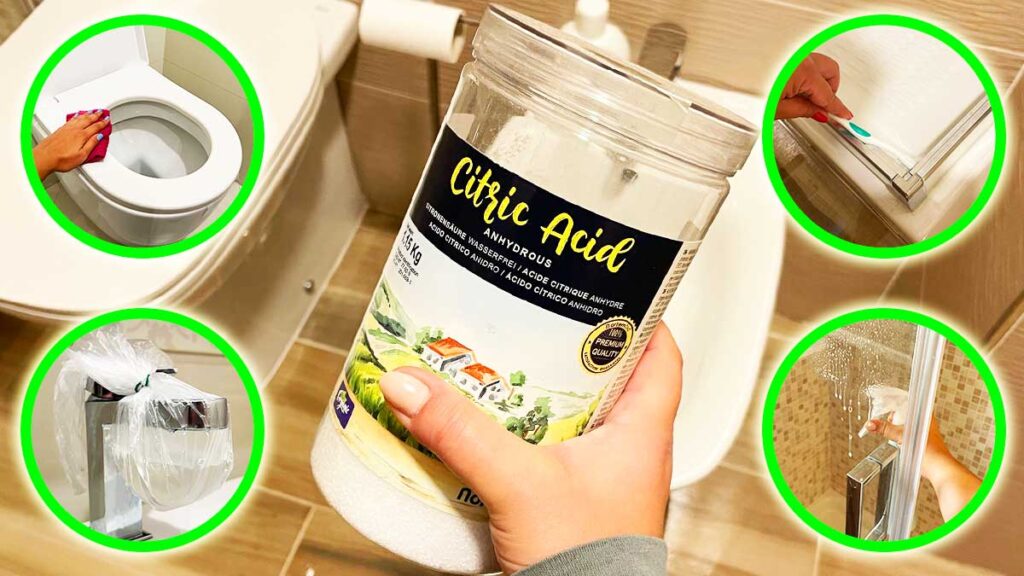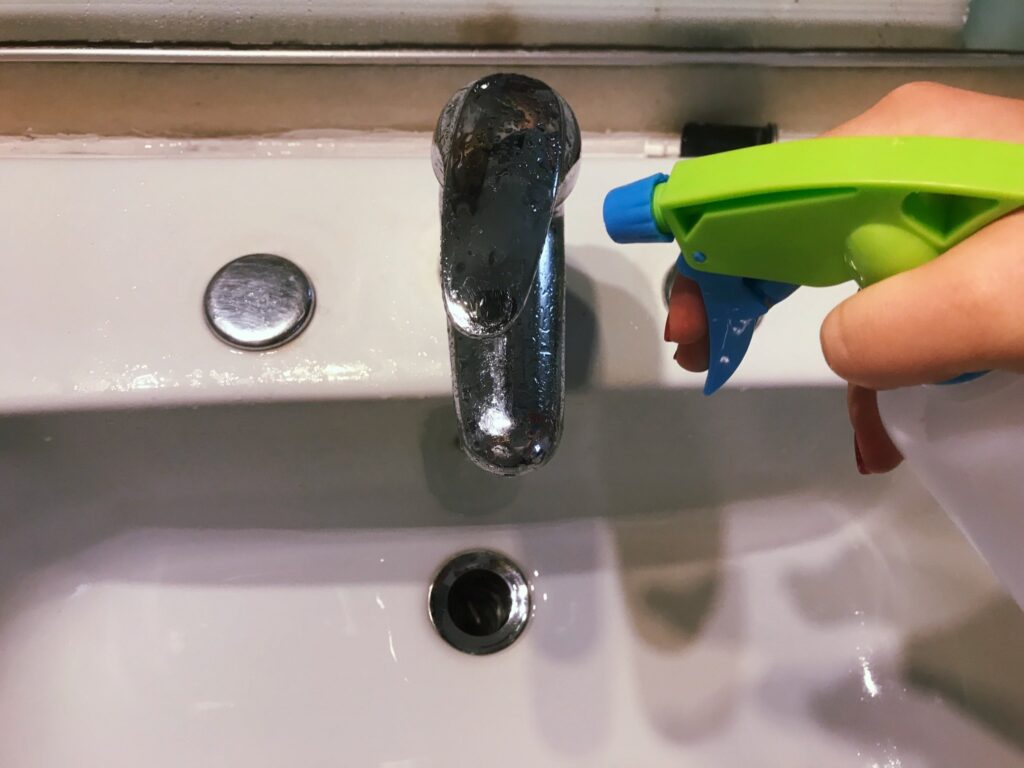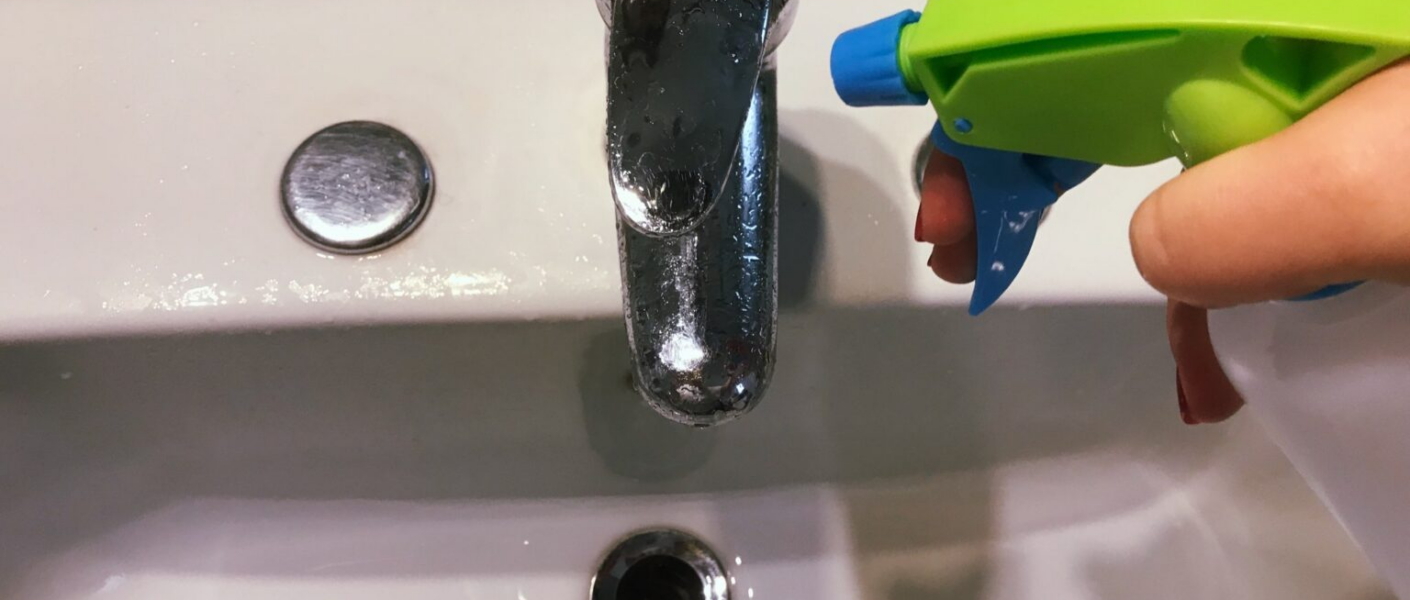
If you have started to familiarize yourself with the use of natural remedies for home care and cleaning , you will certainly have heard of Citric Acid . Compared to a few years ago, it is now easily available, low cost and easy to use. I myself cannot do without it to solve various household problems.
Yet, just a while ago, I made a mistake while cleaning my faucets and bathroom with citric acid . If it has happened to you too (with this remedy or others), let’s try to understand together what happened and how to prevent the problem from recurring .
Why use citric acid?
Before understanding how to avoid any mistakes that can be made while using citric acid , it is worth briefly remembering why it is so popular in natural cleaning.

Citric acid is a compound that also occurs naturally in citrus fruits . Its “acidic” nature effectively eliminates limescale and stubborn dirt . This is why it is a perfect ingredient for:
- create a fabric softener for the washing machine
- clean the washing machine from bad odors and limescale
- make rinse aid for the dishwasher
- create a versatile and economical limescale remover.
But remember: its acidic nature does not allow us to use it on marble, natural stone or delicate surfaces, because it could corrode and dull them .
Is the dose to use correct?
Being a marketed product, it is the packaging that suggests the right dose of citric acid to use.
Generally, the recommended one consists of dissolving 150 grams of citric acid in a liter of demineralised , warm water, as it is pure and makes dissolution faster.
For convenience, if you want to use it as a limescale remover for your home , it is best to transfer everything into a spray bottle , so as to always have the solution at hand.
What happened when I used it on steel
To use citric acid as a limescale remover for taps and steel in general , the solution I told you about before must be sprayed directly onto the area to be treated.

Then leave it to act for a few minutes, then rinse. If there are very stubborn encrustations, you can try an additional “stronger” method, which I call the “bag method” and consists of:
- take a double and resistant food bag
- add 2 large spoons of citric acid
- tie the bag to the tap with the help of an elastic band
- Gently turn on the water so that it covers the area full of limescale
- leave everything to act for a few hours
- remove the bag and wipe with a sponge to remove residues.
Here is also a video where I explain how to do it:
Oh I forgot! If you like these Natural Tips I can send them to you every day directly on WHATSAPP! Subscribe to my channel! I am waiting for you!
Now I’ll explain what happened when I used it in the form of anti-limescale spray .
When rinsing, I noticed that the taps were full of streaks and that the rag I had used was “soaked” excessively in the solution. Having wiped the mirror with a cloth (without even having sprayed citric acid) I found some stubborn stains that are difficult to remove even there.
I couldn’t understand where I had gone wrong . The dose was the one suggested by the package and the rinsing had taken place. Then I understood what needed to be changed to prevent the problem from recurring.
How I solved the halo problem
Citric acid is a very powerful natural remedy and could even be aggressive, which is why for example I never fail to use gloves when cleaning. You know when you feel like lemon juice on your chapped hands and it feels a little stinging? The same happens with citric acid.
After a series of tests, I realized that the recommended dose was too “concentrated” and, although it was fine for other uses in the home, it was not the right amount for taps.
When you use citric acid at home, always do small tests, and preferably in a hidden corner to avoid damaging the surfaces.
So the solution was to make small changes to both the doses and the cleaning steps:
- in 1 liter of water, instead of using 150 grams of citric acid I decided to use 100 grams
- I sprayed the solution on the taps, leaving it to act for just a few seconds, then I wiped it with a cloth soaked in water only.
- I rinsed the cloth well, giving it another pass
- I finally dried with a cotton cloth.
At the end of the cleaning, I washed the rag I used on the taps well, so as not to have any residue of citric acid.
Natural and ecological remedies help us have excellent results in our home. It’s up to us to understand how best to use it!
